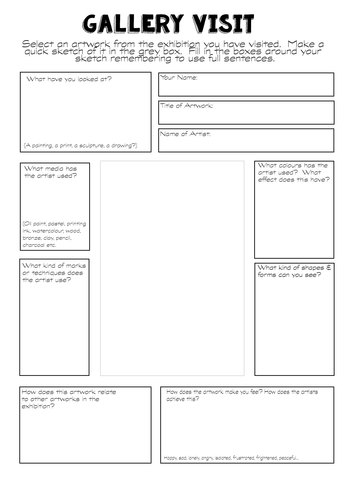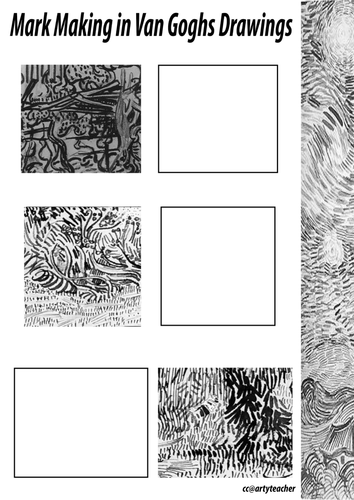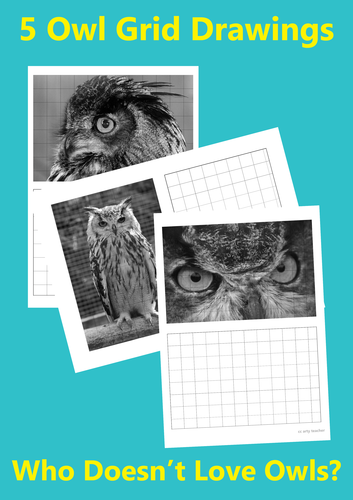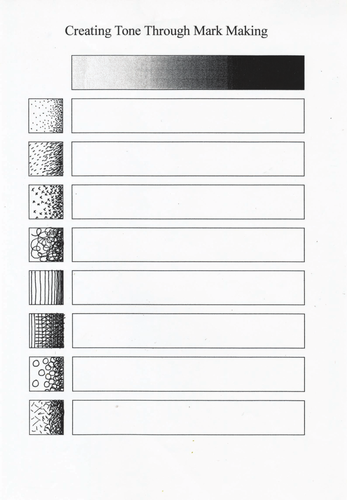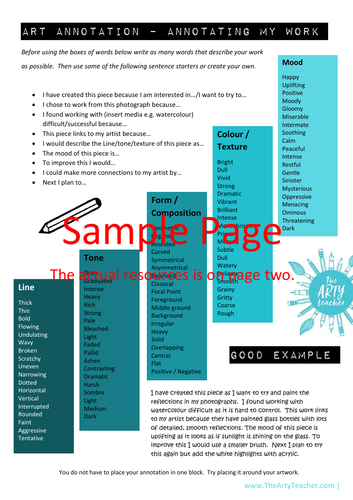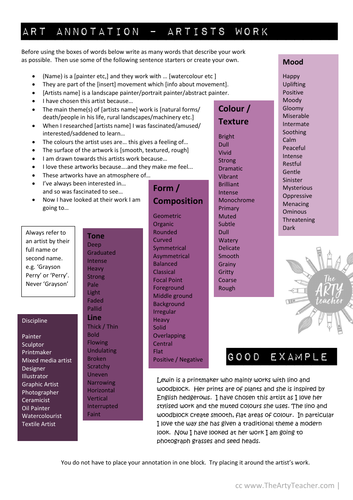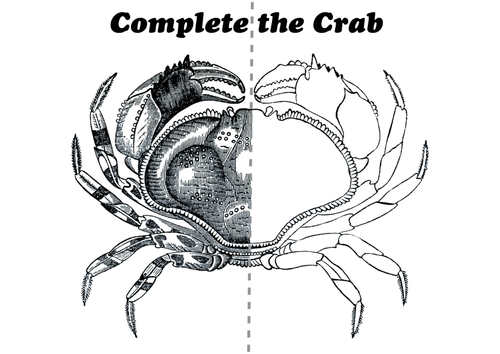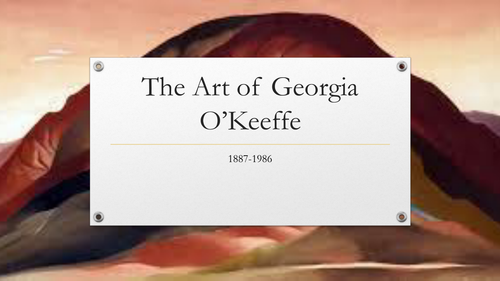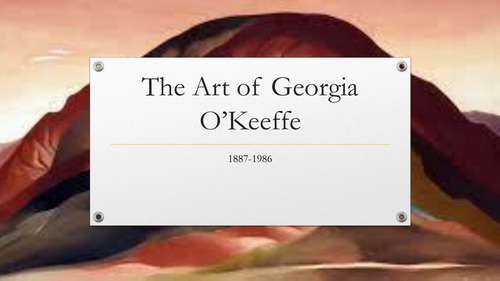The Arty Teacher
I work in one of the leading independent schools in the country where our latest inspection report achieved the highest level of 'excellent' in all areas. I have previously worked in a school which achieved art school status during my employment.






